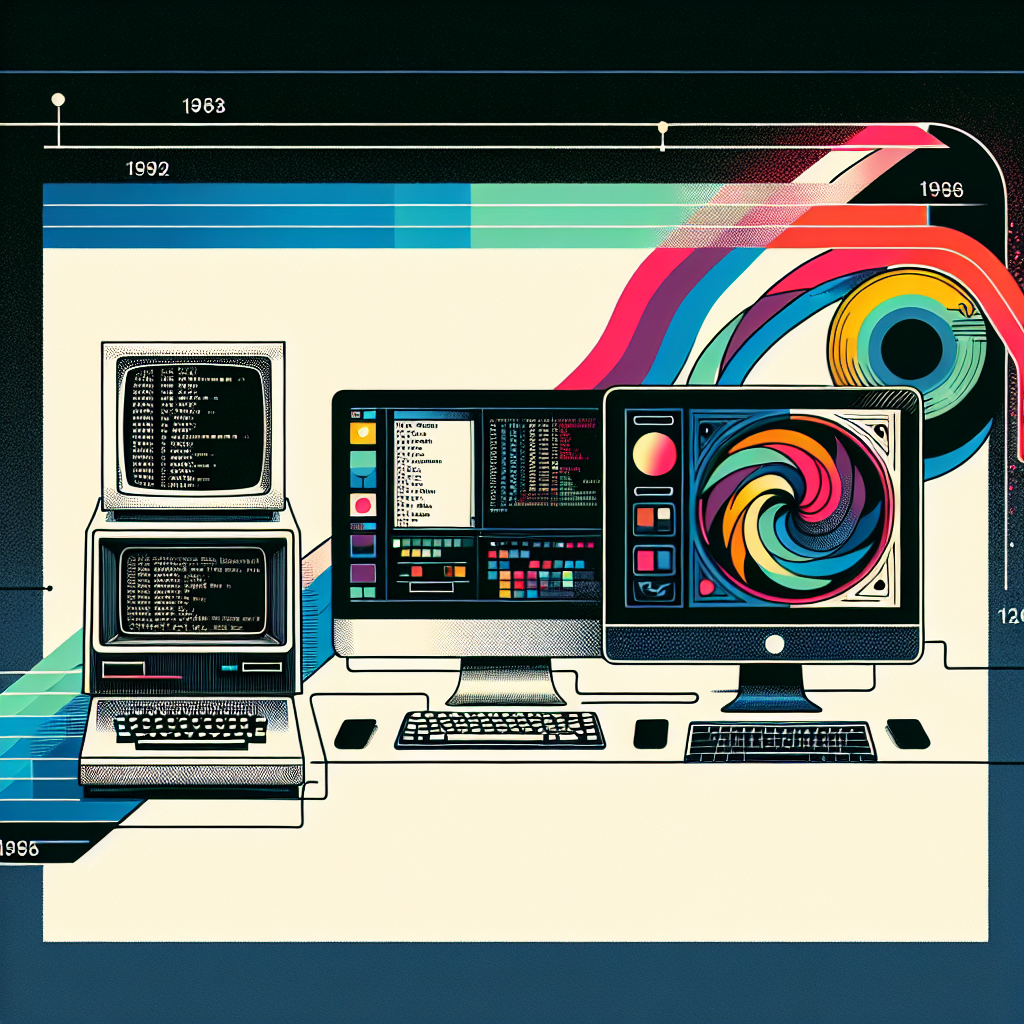Your cart is currently empty!
Exploring the Evolution of Interface Design

Interface design is a crucial aspect of any digital product or service. It is the first point of contact between a user and a system, and plays a significant role in shaping the user experience. Over the years, interface design has evolved significantly, driven by advancements in technology, changes in user behavior, and new design trends.
The evolution of interface design can be traced back to the early days of computing when the only way to interact with a computer was through a command-line interface. Users had to type in commands to perform tasks, and the interface was text-based and not very user-friendly.
With the advent of graphical user interfaces (GUIs) in the 1980s, interface design took a major leap forward. GUIs allowed users to interact with computers using visual elements such as icons, buttons, and menus. This made computers more accessible to a wider audience and laid the foundation for modern interface design.
The rise of the internet in the 1990s brought about new challenges and opportunities for interface designers. Websites needed to be user-friendly, visually appealing, and easy to navigate. This led to the development of new design principles and techniques, such as usability testing, information architecture, and responsive design.
In the early 2000s, the introduction of touchscreens and mobile devices revolutionized interface design once again. Mobile interfaces had to be optimized for smaller screens and touch-based interactions, leading to the development of new design patterns such as swipe gestures, pinch-to-zoom, and tap targets.
Today, interface design continues to evolve with the rise of new technologies such as virtual reality (VR), augmented reality (AR), and voice interfaces. Designers are exploring new ways to create immersive and intuitive experiences that go beyond traditional screens and input methods.
One of the key trends in interface design today is minimalism. Designers are simplifying interfaces by removing unnecessary elements and focusing on clarity and usability. This trend is driven by the desire to create clean and uncluttered designs that are easy to understand and navigate.
Another trend in interface design is the use of animations and microinteractions to enhance user engagement and delight. These small, subtle animations can add personality and charm to an interface, making it more enjoyable to use.
In conclusion, the evolution of interface design has been a fascinating journey, driven by technological advancements, changing user needs, and new design trends. As technology continues to evolve, interface designers will need to stay on top of the latest trends and techniques to create engaging and intuitive user experiences.

Leave a Reply